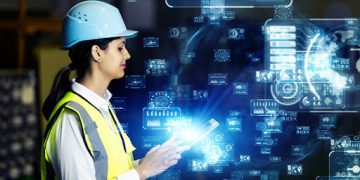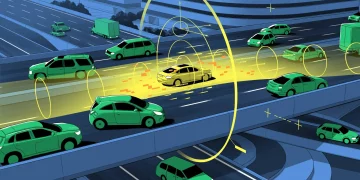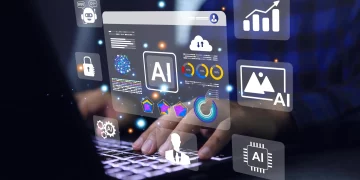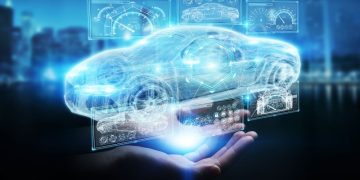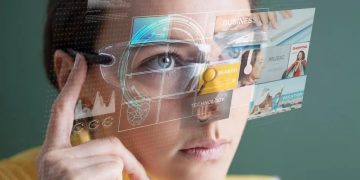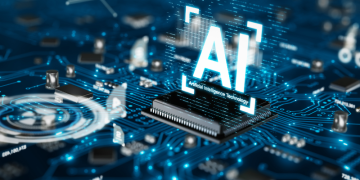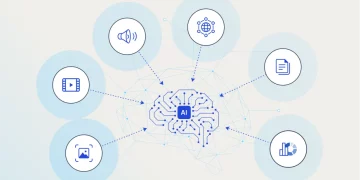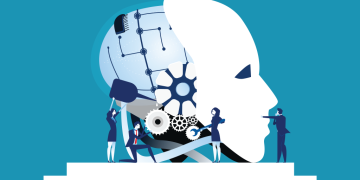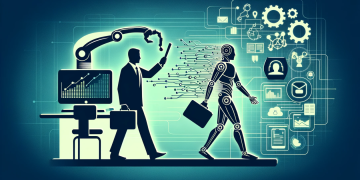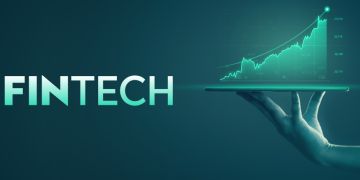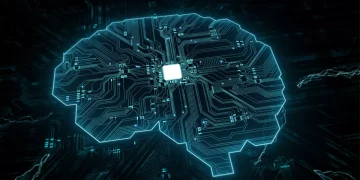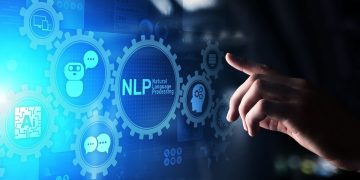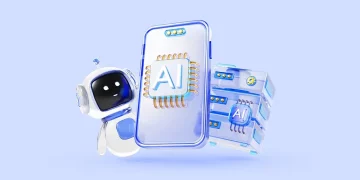Artificial Intelligence (AI) has evolved from a niche area of computer science into a transformative force shaping nearly every industry. In 2025, we are witnessing a surge in breakthrough AI technologies that are not just theoretical but practical, scalable, and commercially viable. These innovations are set to fundamentally alter how we work, produce, communicate, and live. This article delves into the most significant technological advancements in AI that are poised to redefine the competitive landscape across sectors, from healthcare and finance to manufacturing, logistics, education, and beyond.
1. Large Multimodal Models (LMMs)
While large language models (LLMs) like GPT-4 revolutionized natural language processing, 2025 sees the dominance of Large Multimodal Models (LMMs) that process and generate not just text, but also images, video, audio, and even sensor data. These models support complex applications such as:
- Real-time AI assistants that see, hear, and respond with context.
- Virtual doctors diagnosing from images, patient records, and speech.
- Video content creation tools that generate full scenes from a single prompt.
OpenAI’s GPT-4o and Google’s Gemini 1.5 have pioneered this field, enabling universal AI interfaces that function like intelligent collaborators. This integration of modalities opens up new frontiers in entertainment, surveillance, robotics, and education.
2. Edge AI and On-Device Intelligence
Edge AI is transforming industries by moving intelligence closer to the data source. Rather than relying on cloud-based processing, 2025 sees AI embedded in mobile phones, wearables, vehicles, drones, and factory machines. This allows for:
- Ultra-low latency decision-making for autonomous systems.
- Enhanced data privacy and compliance, as sensitive information stays on-device.
- Real-time monitoring and fault detection in industrial IoT setups.
With advancements in chip design (e.g., NVIDIA Jetson Orin Nano, Apple Neural Engine), tiny yet powerful AI models can now run directly on devices, unlocking new applications in smart homes, precision agriculture, and medical diagnostics.
3. Self-Supervised and Continual Learning
Traditional AI models required large labeled datasets. But in 2025, self-supervised learning (SSL) and continual learning dominate. These techniques allow models to learn directly from raw data, adapt to new tasks without retraining from scratch, and reduce human labeling costs.
Applications include:
- Language models adapting to new company documents or local dialects automatically.
- Personalized recommendation engines that evolve with user behavior.
- Robotics systems that learn tasks on the fly.
Such learning paradigms create AI that’s more generalizable, flexible, and economical—key to real-world deployment at scale.
4. AI and Robotics: Embodied Intelligence
Robotics is entering its golden age in 2025, thanks to advances in embodied AI—systems where the intelligence is deeply integrated with physical action. This convergence has created robots that:
- Navigate homes, warehouses, and disaster zones autonomously.
- Perform precision tasks in manufacturing and surgery.
- Collaborate with humans in real-time with adaptive feedback loops.
Companies like Tesla (Optimus), Figure AI, and Boston Dynamics have brought humanoid and task-specific robots to real-world use cases, with AI enabling navigation, object manipulation, and social interaction.
5. AI in Healthcare: Personalized, Preventive, and Predictive
Healthcare is arguably the most transformed sector in 2025. AI is now deeply embedded in:
- Early diagnosis through multimodal data (genomics, scans, EHRs).
- Drug discovery and repurposing, accelerated by generative models.
- Virtual health assistants providing 24/7 patient support.
- Personalized treatment plans using predictive analytics and AI simulations.
AI systems like DeepMind’s AlphaFold2 have unlocked structural biology, while language models trained on medical literature (e.g., Med-PaLM) are now used by hospitals for diagnosis and triage support.
6. Finance: Hyper-Automated and Risk-Aware
In the financial world, AI in 2025 enables:
- Real-time fraud detection via pattern recognition across billions of transactions.
- Algorithmic trading enhanced with sentiment analysis and multimodal data feeds.
- AI-powered customer support and financial advisory (chatbots, Robo-advisors).
- Risk management through predictive modeling and scenario simulation.
Banks and fintech firms have adopted AI as a core strategic capability, with major players like JPMorgan and BlackRock investing heavily in internal AI R&D and partnerships with AI startups.
7. Manufacturing and Logistics: Smart and Autonomous
AI is revolutionizing the supply chain and manufacturing sectors:
- Predictive maintenance powered by sensor data and machine learning.
- AI-driven robotics in assembly lines and warehouses.
- Autonomous vehicles and drones optimizing last-mile delivery.
- Digital twins of factories simulate and optimize workflows in real time.
By 2025, Industry 4.0 has matured into a reality where factories think, adapt, and self-optimize—reducing waste, increasing efficiency, and ensuring resilience.
8. Generative Design and AI Creativity
AI is no longer just analyzing and predicting—it’s now creating. In 2025, AI-generated content is everywhere:
- Movies and games with AI-generated characters, scripts, and environments.
- Fashion and product design optimized by AI based on trends and sustainability.
- Architecture where AI assists in conceptual sketches, structural modeling, and simulations.
This shift has democratized creativity, enabling individuals to produce professional-quality content with minimal tools.

9. Education: AI Tutors and Personalized Learning
Education has entered a new age, led by AI-powered:
- Personalized tutors that adapt to each student’s learning pace and style.
- Automated assessment and real-time feedback systems.
- Language learning apps that use speech recognition and conversational AI.
- Curriculum generation tools for teachers powered by AI.
AI allows education to scale globally and adapt locally, helping bridge gaps in underserved communities.
10. Climate Tech and Sustainability
AI is also tackling the climate crisis. In 2025, it’s used to:
- Predict weather and climate models with unprecedented accuracy.
- Optimize energy consumption in smart grids and buildings.
- Monitor deforestation, ocean health, and carbon emissions via satellite data.
- Develop sustainable materials and carbon capture methods using generative AI.
Companies and governments increasingly turn to AI to meet ESG targets and climate commitments.
11. Regulation, Ethics, and Alignment
With great power comes great responsibility. In 2025, the focus has shifted to:
- AI alignment: Ensuring models behave in accordance with human values.
- Explainability and transparency in high-stakes applications (e.g., hiring, criminal justice).
- Fairness and bias auditing tools to detect systemic errors.
- Global regulations, including the EU AI Act and U.S. AI Bill of Rights, shaping deployment.
As models grow more powerful, governance mechanisms are crucial to maintaining trust and safety.
12. Challenges Ahead
Despite progress, challenges remain:
- Data privacy and surveillance risks.
- Job displacement and the future of work.
- Security concerns, including adversarial attacks and misinformation.
- Environmental impact of training large models.
These concerns require interdisciplinary solutions involving policy, ethics, and public engagement.
Conclusion
2025 marks a tipping point in the evolution of AI. What was once considered science fiction is now reality: machines that learn, adapt, create, and collaborate. Breakthrough technologies like multimodal AI, robotics, edge computing, and self-supervised learning are not just enhancing industry—they are redefining it.
As we move forward, the challenge is not just building more intelligent machines, but ensuring they are used to benefit all of humanity. The industries that recognize, adopt, and ethically integrate these AI innovations will lead the next wave of global transformation.

